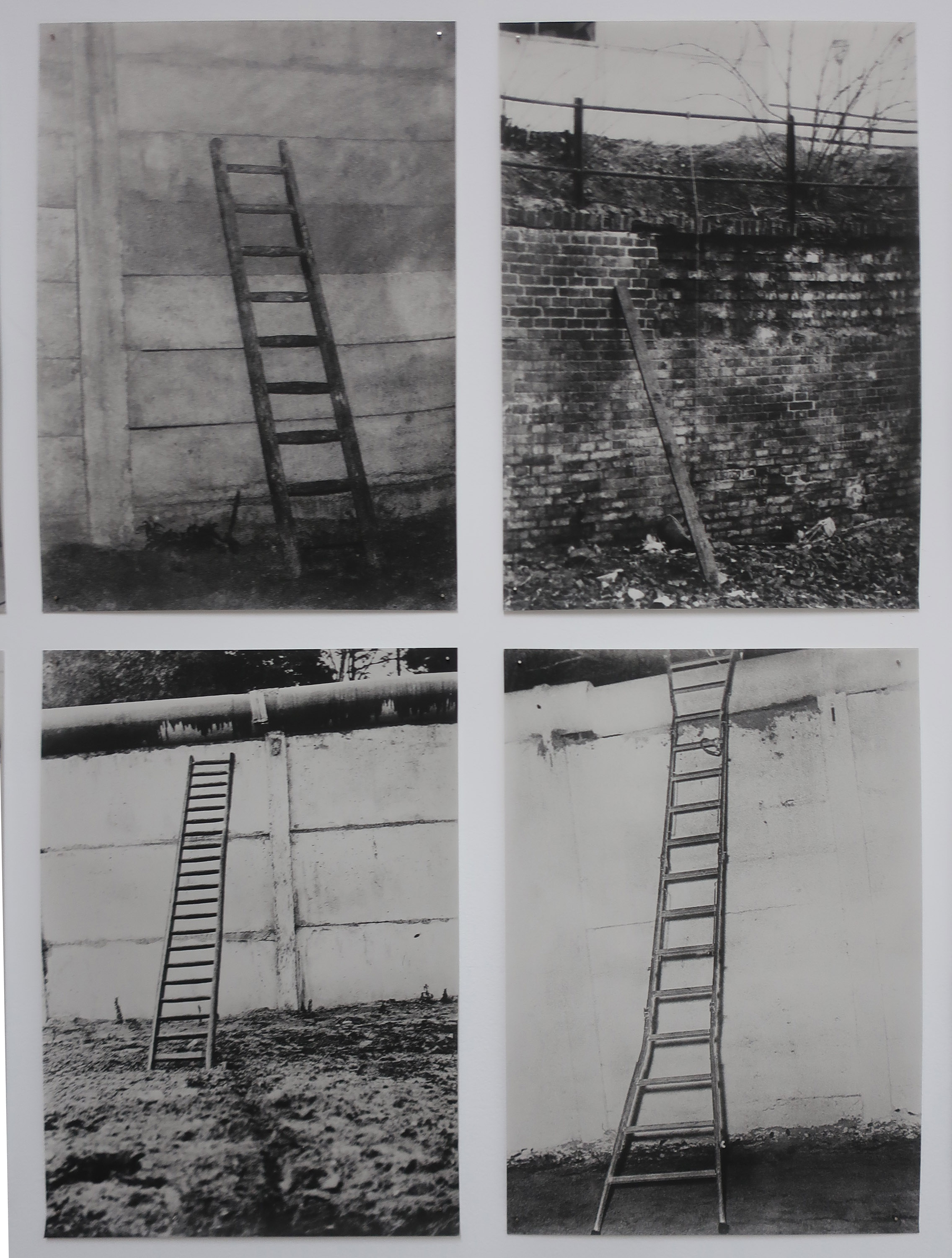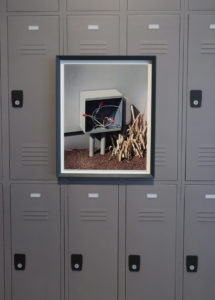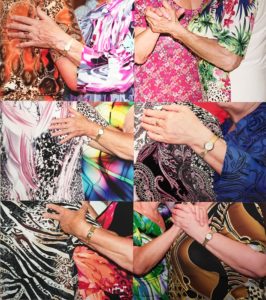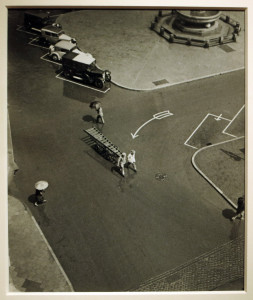‘Fold Me,’ German photographer Wolfgang Tillmans first solo show at David Zwirner Gallery in New York since his blockbuster MoMA retrospective last year, embraces the concept of the fold – the antithesis of linearity. In the curves of a river shot from overhead or the crumpled forms of a dropped item of clothing, the artist subtly positions the viewer to question defined boundaries and the distinctions between inside and out. In this piece, ‘Lennartz Factory Washroom,’ Tillmans pictures orderly rows of sinks in the washroom of a tool manufacturer in his hometown of Remsheid. With this subject matter, Tillmans himself cycles back to a place he once lived in, disrupting the idea of an artist leaving never to return. Though the room’s design is an exercise in repetition – like factory labor itself – with recurring sets of sinks, arrangement of windows, rows of pipes and lighting fixtures on the ceiling and a grid of floor tiles, the picture comes alive with towels that break the uniformity. (On view in Chelsea through Oct 14th).




